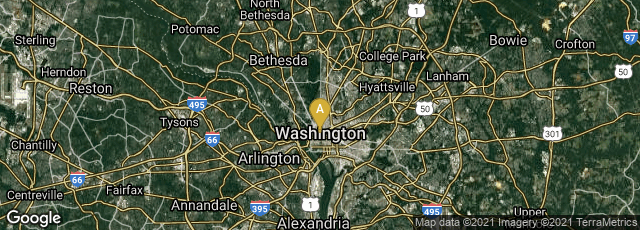

A: Washington, District of Columbia, United States
Though we typically view information searching through a digital lens, as late as 1961, 16 years after the development of the ENIAC, but before the wide availability of sufficient electronic memory for digital image searching, systems remained in place, and under development, for the searching and retrieval of images stored on the photographic media of microfilm and microfiche. The was very much in the tradition of Vannevar Bush's Rapid Selector Project, and remains still another example of the overlap of media for information storage and distribution, with the persistance of the use of analog photographic methodology that originated in the 1930s paralleling the early development of digital storage and retrieval modalities thirty years later.
Information Selection Systems: Retrieving Replica Copies by Thomas C. Bagg and Mary Elizabeth Stevens, dated December 31, 1961, was published as the National Bureau of Standards Technical Note 157. This was of particular value for filling in details of the history of Bush's Rapid Selector that I had not seen elsewhere. I also found it of value for its analysis of the surprisingly wide range of then-available systems organized under "Continuous Rolled Film Systems," (such as the Rapid Selector), Chip or Discrete Unit Record Systems, or Sheet or Strip Film Systems. Of each of these the report discussed several systems available. Beyond those the report gave lesser attention to "Microfilm Aperture Card Sytems" and "Address-Type Selection Systems."
At least one microfilm rapid selector as originally conceived and developed by Vannevar Bush was in operation for the U.S. Navy in 1961. This was described by James P. McMurray in "The bureau of ships rapid selector system, "American Documentation," 13 (1962) 66-68, the abstract of which read as follows:
"The microfilm rapid selector—a dream 30 years ago and a laboratory instrument as recently as five years ago—is today the basis of an operating information retrieval system saving time and money for the Navy Department's Bureau of Ships.
"The present‐day Rapid Selector is a device for searching, selecting, and copying documents stored on microfilm. Readily adapted to the use of film made in any commercially available 35 mm microfilm camera, the Selector searches and selects at the rate of 100 document images per second. Copies of selected images are made on microfilm without any reduction in the speed of the film being searched. (A predictive search, in which copies are not made, is used to evaluate the question).
"Present coding capability is 240 bits, arranged in 60 hexidecimal fields. A single field or combination of fields can be used as the basis for a search. Binary notation and superimposed random‐number coding are used extensively. Coded information includes usual bibliographic information, major subject‐matter designations, and secondary subject‐matter designations. Average time for indexing a document is 20 minutes. Average time for complete search, including processing, is 12 minutes. Average number of searches per month is 150. Studies of development rate and use rate of indexing terms are being conducted continually.
"Convinced that high‐speed search and selection without high‐speed delivery of the results of the search creates an anomaly, the Bureau of Ships is presently testing newly‐developed fascimile equipment designed to deliver Rapid Selector output to remote destinations by microwave linkages."